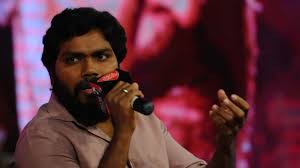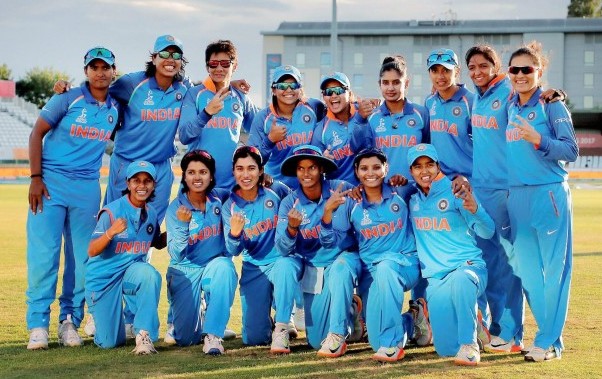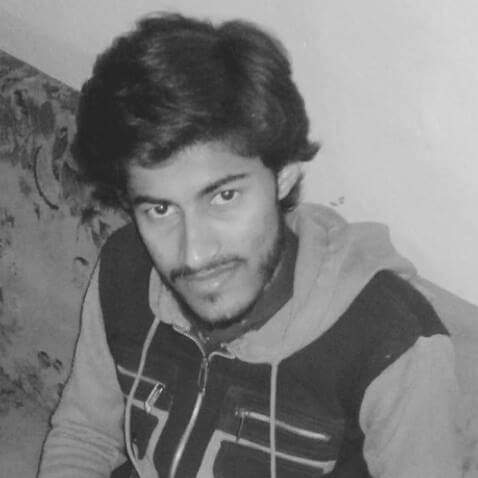Pardeep Attri
In the last few days, social media was buzzing with the war of two different ideologies over the “controversial” comments made by director Pa Ranjith, famous for movies such as Madras, Kabali and Kaala, on Chola empire and exploitation of Dalits. Pa Ranjith’s remark that rule of Chola emperor Raja Raja I (985-1014) was the dark period in history, the implementation of religious sex slavery — Devadasi system and under his rule land was taken away from Dalits forcefully drew much attention. On the other hand, Dalits supported Pa Ranjith.

No matter the controversy has settled down, but Pa Ranjith’s comment brought the discussion back to the land rights of Dalits in the present situation. It is a time for reality check. What is the current situation of the Dalits with respect to land ownership? There is no other way to explain the huge disparities in land ownership among so-called upper castes and lower castes and could not have come naturally but through suppression and oppression only, which continues till date.
Land is a source of dominance in India and Dalits have been deprived of it since ages. By keeping Dalits landless, it is easier for so-called upper castes to exploit them as when someone is dependent on you, you could do whatever you want to do with that person. For a long time, Dalits in Punjab were not allowed to purchase land in their own name. My grandfather had to register his own house on the name of someone from the so-called upper caste person’s name despite paying the money. It’s another fact that government land which is given on lease every year in villages is not awarded to Dalits, no matter according to the rules it’s required but does casteist India care about this?
Present Situation
Dalits in Punjab make almost 32% of the total population but their access to land is minimal. According to Punjab Village Common Lands Regulation Act 1961, 33% of the panchayat land in every village is reserved for Schedule Castes.
This panchayat land owned by the government is allocated to villagers via yearly public auction. Total cultivable land in Punjab with panchayats is around 170,000 acres, out of which around 56,000 acres are reserved for Dalits but, less than 4300 acres are allotted to Dalits (i.e. less than 3%) hence most of the land remains under the occupation of so-called upper caste dominant farmers in Punjab. Many times, so-called upper caste farmers collude with village leaders and government officials, put dummy Scheduled Caste candidate and deprive Dalits access to the land.
Another tactic used by government officials to deny Dalits access to land is by deliberately keeping auction price high so that Dalits do not bid and if Dalits come together, join hands and decide to put fight they face social boycotts in the villages. It’s not a story of Punjab alone but Dalits in other states also face the same issue.
According to another study in Gujarat that the 43 per cent Dalits surveyed do not possess allotted land. So-called upper castes’ dominance and power structure put Dalits in weak position and make it easier for upper castes to grab land allotted to Dalits. Similarly, in Kerala, according to research by C.R. Yadu and C.K. Vijayasuryan, “it is estimated that compared to SCs, the access to land by forward castes is five times higher in the case of land owned and more than eight times higher in case of land cultivated.” According to the India Land and Livestock Holding 2013 Survey, around 60% of Dalit households don’t own any farmland. Such inequality would not have come into place naturally but through the brutality of the caste system only.
Dr Ambedkar and Land Rights
Dr Ambedkar understood the economics of land and had argued on various instances that cultivable land owned by the government should be given to Dalits. In a 1941 rally in Marathwada, he urged Dalits to capture public land and start cultivating. Before Ambedkar, in 19th-century Jotiba Phule in his writing Shetkaryaca Asud (The Whipcord of the Cultivators) had raised the issue of exploitation of Shudra by British and Brahmins and book was centred on land issues.
Further, Dr Ambedkar’s views on land reforms and kind of social economic order needed for people could also be seen in his paper ‘Small Holdings in India and Their Remedies” in which he contends that problem of small land holding is because of “bad social economics”. Dr Ambedkar believed that economic policies of the state should protect the marginalized and placed obligation on “the state to plan the economic life of the people on lines which would lead to the highest point of productivity without closing every avenue to private enterprise and provide for the equitable distribution of wealth” (BAWS, vol. 3, p408).
On behalf of the All India Scheduled Caste Federation in 1946, Ambedkar submitted a memorandum to Constituent Assembly demanding the nationalization of land. He also said, “Land will belong to the state and shall be let out to villagers without distinction of caste or creed and in such a manner that there will be no landlord, no tenant and landless labourer.” In September 1954 as well, he spoke on the land issue in the Parliament and demanded money be given to Dalits to buy land.
Give Land To Dalits
Even today, one way or another, land allocated to Dalits is grabbed by so-called upper castes across the country, what would have happened under a Chola monarchy? No one with a right mind can deny that tillers of the soil, Dalits, have been excluded historically from the land market and land reforms throughout India and such exclusion is as per the religious texts putting Dalits at the bottom.
The hatred spread through dominant groups on social media against Dalits speaking for the equal rights is dangerous and intimidation and harassment of Dalits must stop.Land redistribution programs run by governments have proven useless. It is important that we stand with those who speak for land rights for Dalits.
According to the Census of India 2011, about 70% of (and in Bihar figure is at around 90%) Dalit farmers work as a labourer in the fields owned by others, mostly so-called upper castes. Most of the atrocities happen on Dalits because Dalits don’t have land and in villages, Dalits work in the fields of so-called upper caste people hence get exploited the most. Dr Ambedkar was the “first legislator in India to introduce a bill for the abolition of the serfdom of agricultural tenants”, writes D. Keer, biographer of Dr Ambedkar but the situation has hardly changed since then.
Unequal land ownership by different caste communities and landlessness among Dalits are serious issues. All those who believe in equal rights and justice must #StandWithPaRanjith for his comments and work on redistribution of excess land to Dalits. The land which belongs to the government must be distributed to Dalits. You want to create equality in the society, you must distribute the land otherwise inequality in the society will continue to rise and Dalits will continue to suffer.
~~~
Pardeep Attri blogs at http://drambedkarbooks.com/ and tweets at @AmbedkarCaravan










